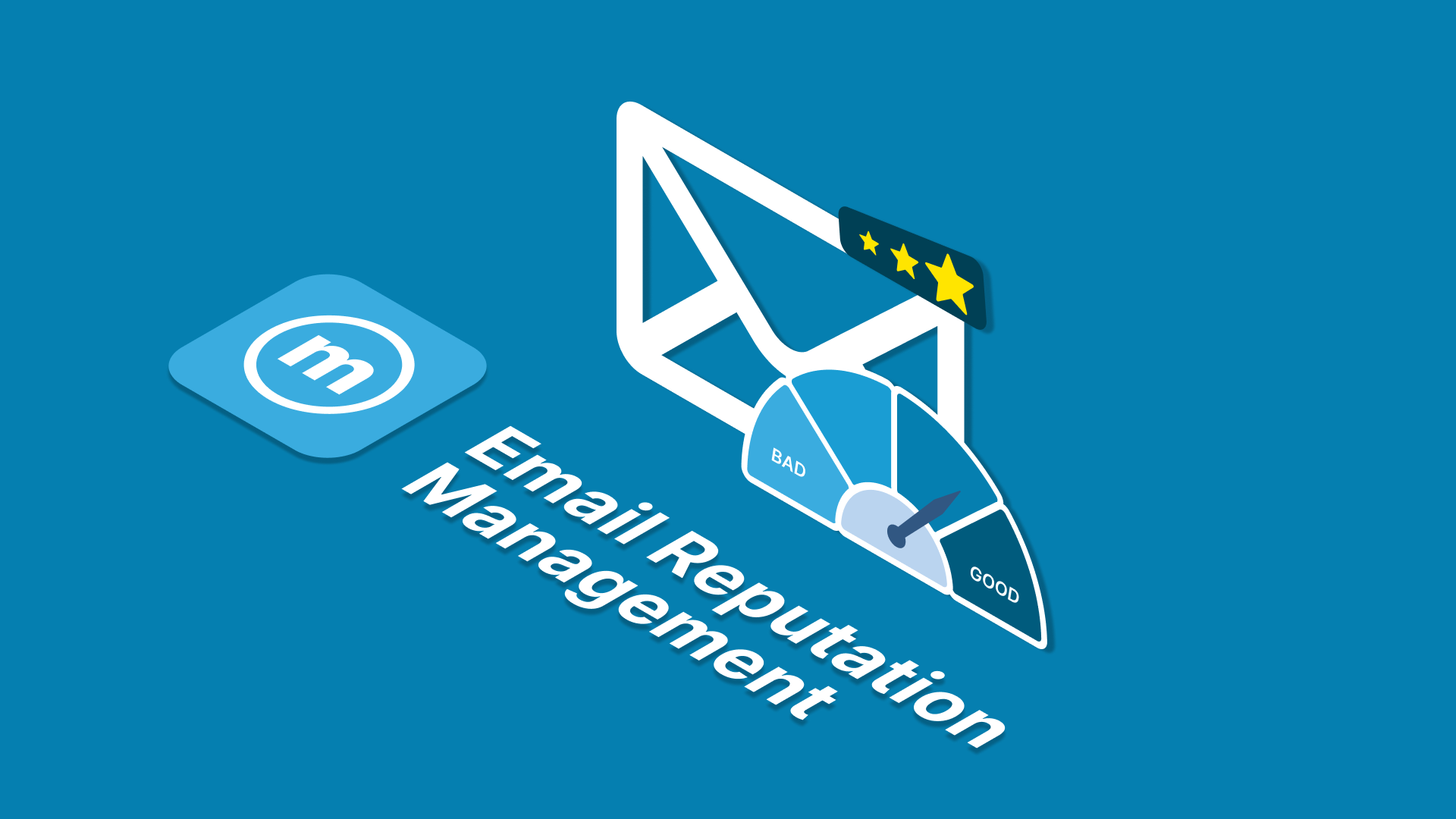Unveiling the Critical Role of Email Reputation Management

In today's digital age, emails remain an indispensable tool for communication, especially in the realm of business. However, merely sending emails isn't enough; ensuring their delivery and reception is equally crucial. This is where email reputation management steps in as the linchpin of successful email communication strategies.
Understanding Email Reputation Management
Email reputation management refers to the practices and strategies employed to maintain a positive standing and credibility for email senders. It revolves around building trust with internet service providers (ISPs), email servers, and recipients to ensure that emails consistently reach their intended inboxes.
What Does Email Reputation Management Entail?
It is the proactive process of overseeing and enhancing the perception and reliability of an email sender's identity and practices. It involves a set of strategies, protocols, and best practices aimed at establishing and maintaining a positive reputation for sending emails. Here’s a comprehensive breakdown:
1. Sender Reputation
- Sender Score: Similar to a credit score, a sender's reputation is assessed by various ISPs and spam filters. It's based on factors like email engagement, complaint rates, spam trap hits, and consistency in sending practices. A high sender score indicates a trustworthy sender.
- IP Reputation: The reputation of the IP address from which emails are sent is crucial. Shared IPs can be affected by the actions of other senders on the same IP, making it essential to maintain a clean IP reputation.
2. Authentication Protocols
- SPF (Sender Policy Framework): Verifies that emails are sent from authorized servers, preventing spoofing.
- DKIM (DomainKeys Identified Mail): Adds a digital signature to emails, confirming their authenticity and integrity.
- DMARC (Domain-based Message Authentication, Reporting, and Conformance): Provides instructions on how ISPs should handle emails that fail authentication checks.
3. Engagement and Interaction
- Content Quality: Sending relevant, valuable, and personalized content that resonates with recipients improves engagement rates and minimizes spam complaints.
- Permission-Based Sending: Obtaining consent before sending emails ensures that recipients are genuinely interested, reducing the likelihood of spam reports.
- Monitoring Engagement Metrics: Analyzing open rates, click-through rates, and responses helps understand audience behavior and preferences.
4. Compliance and Best Practices
- Regulatory Compliance: Adhering to anti-spam laws like CAN-SPAM (in the US) and GDPR (in the EU) is crucial to maintain a positive reputation.
- List Hygiene: Regularly cleaning email lists by removing inactive or invalid addresses helps maintain a healthy sender score.
5. Monitoring and Adaptation
- Reputation Monitoring: Employing tools and services to constantly monitor sender reputation and receive alerts about potential issues.
- Adapting Strategies: Using insights from analytics to refine email content, sending frequency, and targeting strategies for better results.
The Significance of Email Reputation
Email reputation is not just a term, but the foundation of successful communication via electronic mail. Let's explore more about why this is so crucial in ensuring your messages reach their destination effectively and efficiently.
1. Enhanced Deliverability
A sterling email reputation is akin to a golden ticket for ensuring that your emails land in the recipient's primary inbox rather than being relegated to the spam folder. This directly impacts your communication's effectiveness.
2. Credibility and Trust
A positive email reputation establishes credibility. When your emails consistently reach the inbox and engage recipients, it bolsters trust, encouraging higher open and click-through rates.
3. Maintaining Sender's Reputation
Sender reputation, a subset of email reputation, is critical. High-quality content, compliance with regulations, and engagement with recipients all contribute to a positive sender reputation.
Key Strategies for Effective Email Reputation Management
From quality content, and delivery licensing practices, to data analysis to continuously improve and optimize email delivery.
Knowing and implementing these strategies is not just an option, but a necessity in dealing with the dynamics of complexity in sending electronic mail. Let's explore together how these steps can form a solid foundation for ensuring a superior email reputation.
1. Quality Content
Crafting relevant, engaging, and valuable content ensures that recipients eagerly anticipate your emails. It minimizes the chances of your emails being marked as spam and maximizes interaction rates.
2. Permission-Based Sending
Always seek permission before sending emails. This prevents complaints and ensures that recipients are genuinely interested in your content, improving overall engagement.
3. Consistent Engagement
Regularly engage with your audience. Encourage feedback, respond promptly to queries, and maintain an active presence to show ISPs that your emails generate genuine interest.
4. Monitoring and Analytics
Constantly monitor email metrics and analyze recipient behavior. This helps in identifying issues, understanding what works best, and adapting strategies accordingly.
5. Compliance with Regulations
Adhere strictly to anti-spam regulations like CAN-SPAM and GDPR. Compliance not only safeguards your reputation but also builds trust with recipients.
Tools and Technologies for Effective Management
Selection and use of these tools is not just a wish, but a necessity in ensuring that every aspect of email delivery is well managed. Let's explore together how the use of technology can strengthen email reputation management strategies.
- Email Authentication Protocols: Implement SPF, DKIM, and DMARC protocols to authenticate your emails, minimizing the chances of spoofing and phishing attacks while bolstering your credibility.
- Reputation Monitoring Services: Use specialized tools and services that monitor your email sender's reputation. These provide insights and alerts regarding any issues that might affect your reputation.
- List Hygiene Tools: Regularly clean your email list to remove inactive or invalid addresses. This prevents bounce-backs and maintains a healthy sender score.
- Engagement Tracking: Leverage analytics tools to track engagement metrics. These insights aid in understanding audience behavior and adjusting strategies accordingly.
Conclusion
In a nutshell, email reputation management is not just an auxiliary task; it's the backbone of successful email communication. A positive reputation ensures that your emails reach their intended recipients, fostering trust, credibility, and engagement.
By implementing robust strategies, adhering to best practices, leveraging cutting-edge technologies, and consistently monitoring your email performance, you pave the way for a stellar email reputation. This, in turn, translates to higher deliverability rates, improved engagement, and ultimately, stronger business relationships.
Investing time and resources in email reputation management is akin to investing in the longevity and efficacy of your communication channels. It's not merely a choice; it's an imperative for thriving in the digital landscape.
Learn more about email security on our blog. Or try sending your email directly through our sandbox.
(V.V)

